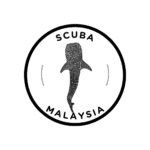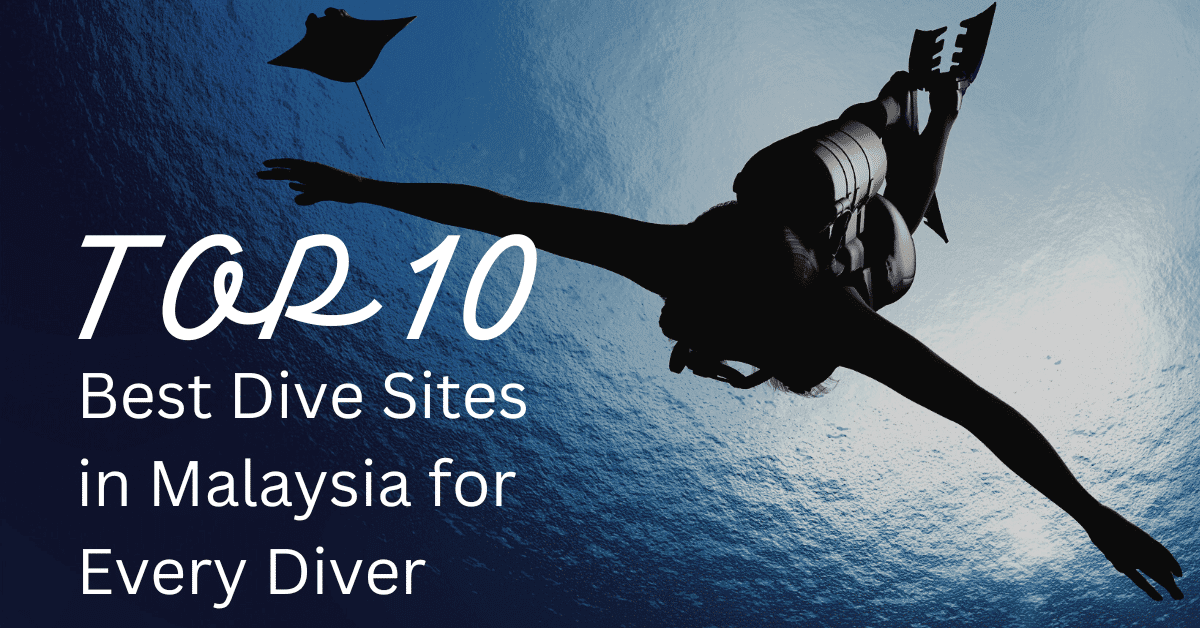Dive Sites • Malaysia
Top 10 Best Dive Sites in Malaysia for Every Diver
Malaysia is a world‑class diving destination with everything from beginner‑friendly coral gardens to deep walls patrolled by sharks. This guide to the best dive sites in Malaysia helps you plan your next underwater adventure—whether you’re starting out or chasing bucket‑list pelagics.
Mar–Oct (East Coast) • Year‑round (Sabah)
Perhentian • Tioman • Redang
Sipadan • Layang‑Layang
Scuba Malaysia – Dive Center Directory
1) Sipadan, Sabah
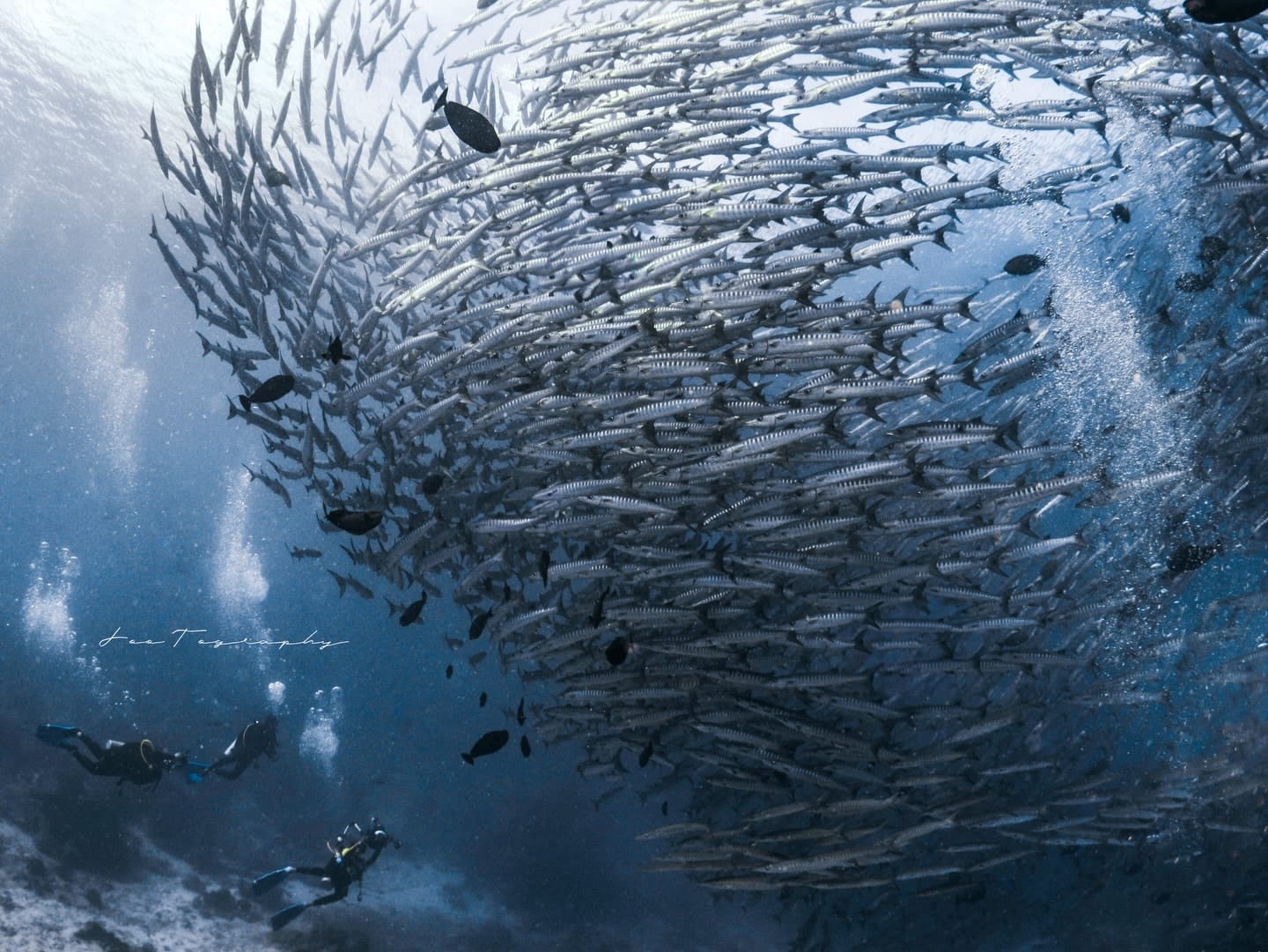
Regularly ranked among the best dive sites in Malaysia—and indeed the world—Sipadan is a towering seamount rising almost 600 meters from the abyss, crowned by a small jungle‑clad island. Divers drift along vertical walls carpeted with hard and soft corals while big‑school action swirls in the blue. The marquee attraction is Barracuda Point, where a vast tornado of chevrons often merges with jackfish schools for a never‑forget tableau. Reef sharks cruise the ledges, bumphead parrotfish bulldoze the reef crest at dawn, and resident turtles appear on nearly every dive.
Dive conditions: Visibility commonly ranges 20–40 m. Currents can be moderate to strong, producing exhilarating drifts along the drop‑offs and occasional down‑currents on corners—divers should be comfortable with buoyancy and blue‑water safety stops. Depth options span 5–30 m on the reef edge, with walls plummeting far beyond recreational limits.
Access & permits: To protect the ecosystem, daily permits are strictly limited and allocated via licensed operators based in Mabul and Kapalai. Book 3–6 months ahead in peak periods (Jul–Aug) and be flexible with dates. The standard route is flight to Tawau, road transfer to Semporna and speedboat to resort.
Why go: Sipadan delivers reliable big‑animal encounters—reef sharks, trevallies, barracuda vortices—and year‑round turtles, all on thriving walls. For intermediate to advanced divers, it’s the quintessential Malaysia bucket‑list dive that lives up to the hype.
2) Mabul Island, Sabah
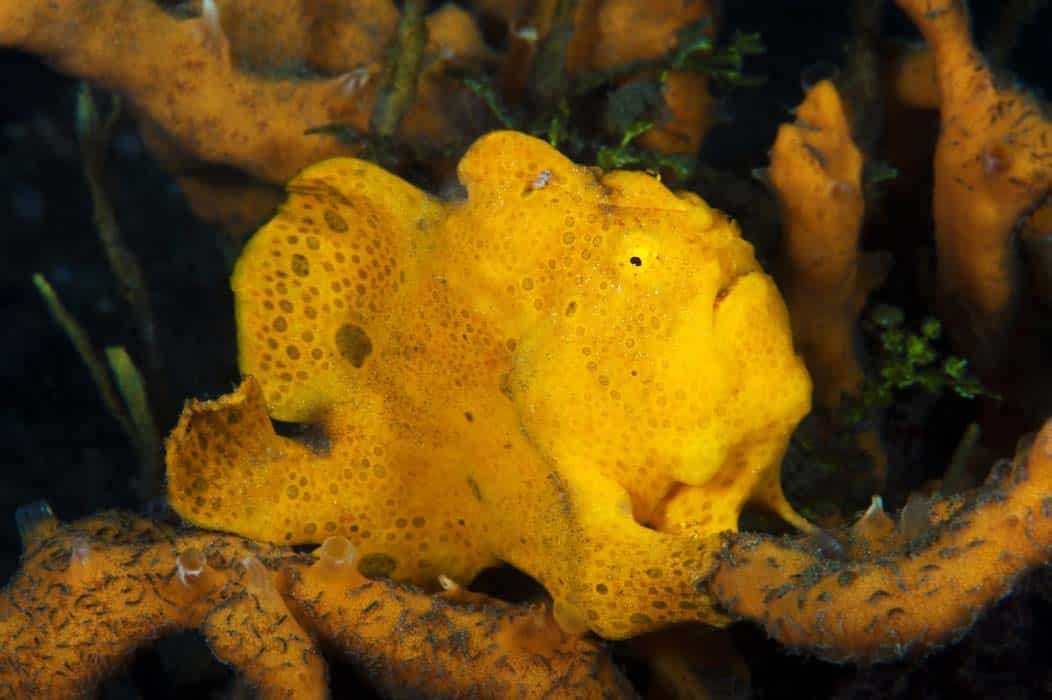
Just a short boat ride from Sipadan, Mabul flips the script from big‑blue walls to intimate macro. Sandy slopes, seagrass patches and artificial structures beneath village jetties shelter an all‑star critter cast—flamboyant cuttlefish, mimic and wonderpus octopus, ghost pipefish, frogfish and pygmy seahorses. Night dives reveal bobtail squid, stargazers and hunting lionfish, making Mabul a photographer’s playground.
Dive conditions: Generally calm and shallow (5–20 m) with 10–20 m visibility; currents are mild. These conditions are ideal for beginners polishing buoyancy and for patient macro hunters who want long, unhurried dives.
Logistics: Access mirrors Sipadan (Tawau → Semporna → boat). Many resorts bundle Mabul, Kapalai and Sipadan into flexible packages so you can balance macro days with a Sipadan permit day.
Why go: For critter diversity and macro photography, Mabul stands out in Southeast Asia. It pairs perfectly with Sipadan—big stuff one day, tiny treasures the next.
3) Kapalai Sandbanks, Sabah
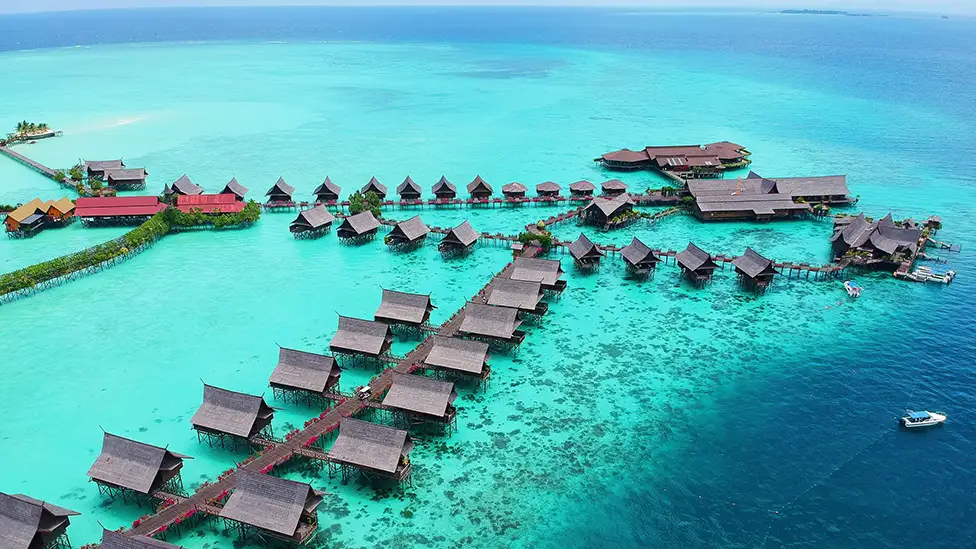
Kapalai is technically a sandbar topped by over‑water chalets, but beneath the boardwalk lies a relaxed diver’s wonderland. The shallow lagoon and scattered artificial reefs foster mandarinfish, leaf scorpionfish, pipefish and reef octopus; patient observers may spot blue‑ring octopus and rare nudibranchs. Sunset “mating” dives for mandarinfish are a highlight for photographers.
Dive conditions: Easygoing and shallow (5–15 m) with 10–20 m visibility, usually gentle currents—perfect for buoyancy work, courses and long macro stops. The sandy bottom and structures make navigation simple.
Logistics: Access is via Semporna, often combined with Mabul stays. Many guests choose Kapalai for the unique over‑water resort vibe and convenient house‑reef style diving.
Why go: Stress‑free macro diving in a photogenic setting. If you’re learning, rebuilding confidence, or keen on unhurried critter hunts, Kapalai is spot‑on.
4) Layang‑Layang, Sabah
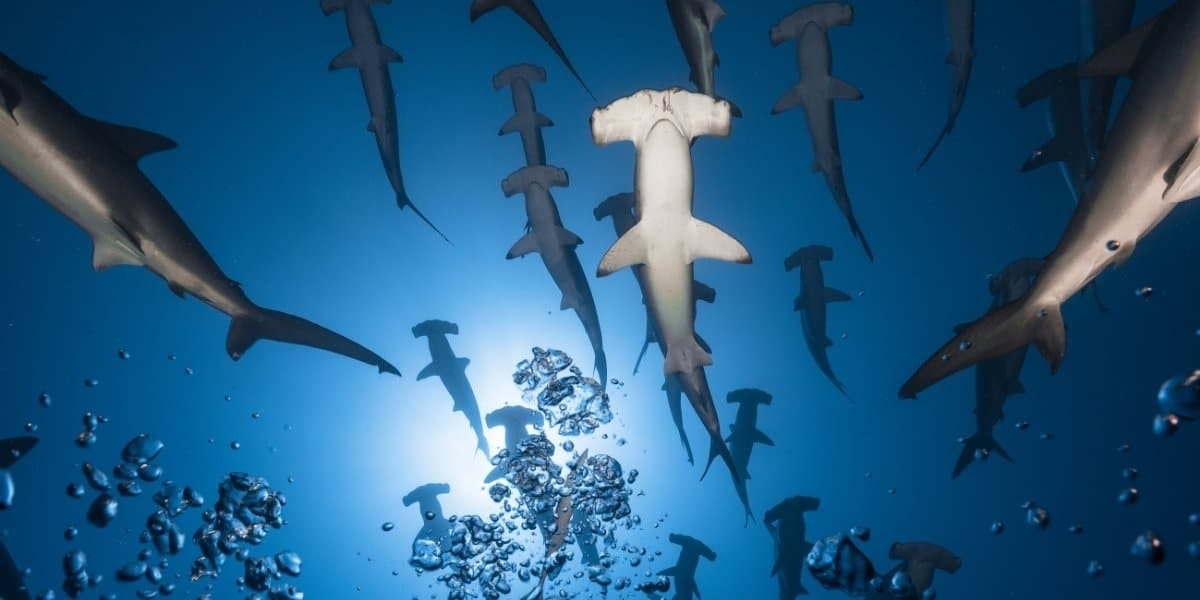
Set far offshore in the South China Sea, Layang‑Layang is an atoll famed for pelagic theater. In spring, scalloped hammerheads may school in the deep blue, while eagle rays, tunas and the occasional manta cruise along the precipitous walls. Coral gardens are pristine thanks to limited access and low diver numbers.
Dive conditions: Expect strong currents, open‑ocean exposure and excellent 30–50 m visibility. Typical profiles are 20–40 m along sheer drop‑offs—strictly for confident, advanced divers with solid gas and depth discipline.
Logistics: Seasonal resort operations (roughly Mar–Aug) with charter flights from Kota Kinabalu direct to the atoll airstrip. Trips are typically week‑long packages to maximize weather windows.
Why go: Remote, untouched and pelagic‑forward—Layang‑Layang is Malaysia’s answer to blue‑water addicts seeking hammerhead encounters in clear water.
5) Perhentian Islands, Terengganu
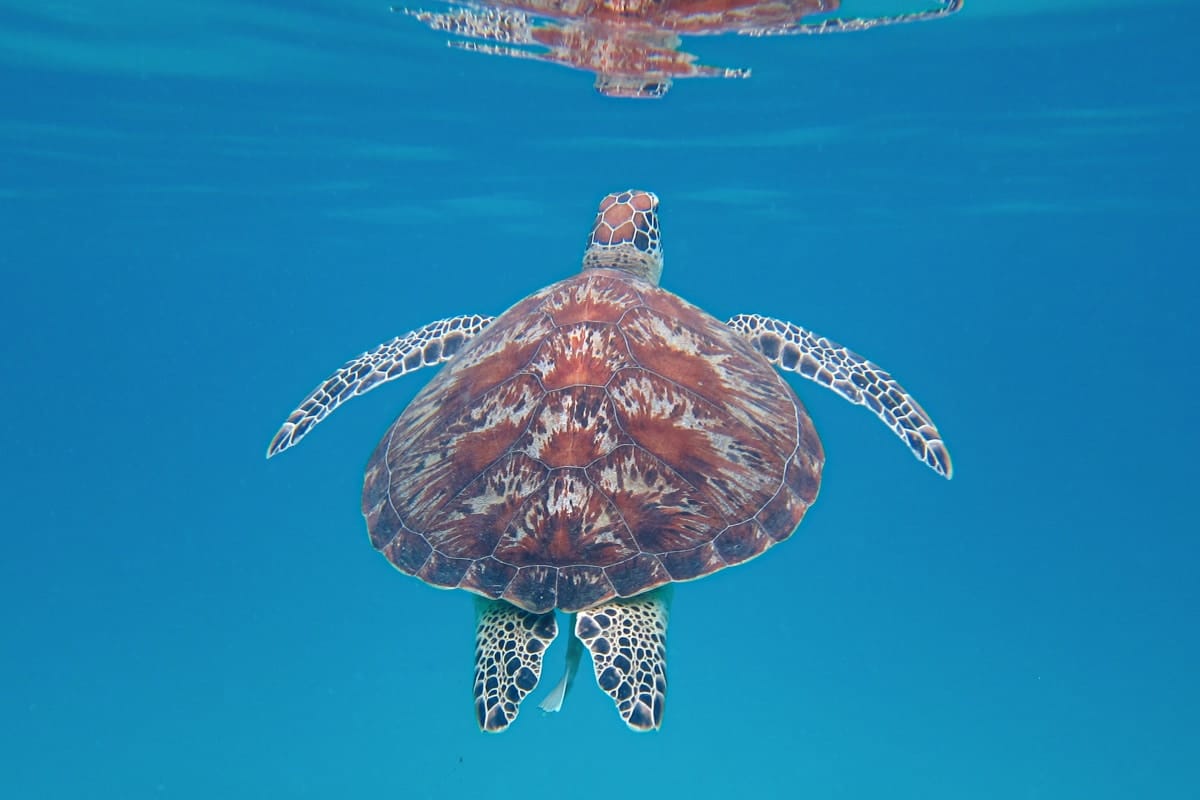
The twin islands—Perhentian Besar and Kecil—are synonymous with friendly training conditions and value. Fringing reefs brim with anemonefish, fusiliers and blue‑spotted rays, while green turtles graze in seagrass meadows. Signature sites include Sugar Wreck (a photogenic shallow wreck good for navigation drills) and Tokong Laut, a pinnacle with livelier fish action.
Dive conditions: Season runs Mar–Oct; monsoon closure Nov–Feb. Visibility 10–25 m, currents typically mild. Many sites are 5–18 m, with deeper options at wrecks and pinnacles—ideal for Open Water and Advanced courses.
Logistics: Fly to Kota Bharu or Kuala Terengganu; continue to Kuala Besut jetty for boat transfers. Accommodation spans budget hostels to family‑friendly resorts, keeping costs accessible.
Why go: Perhentian blends affordability, easy logistics and pretty reefs—arguably the best place in Malaysia to learn, refresh skills or log relaxed fun dives.
6) Redang Island, Terengganu
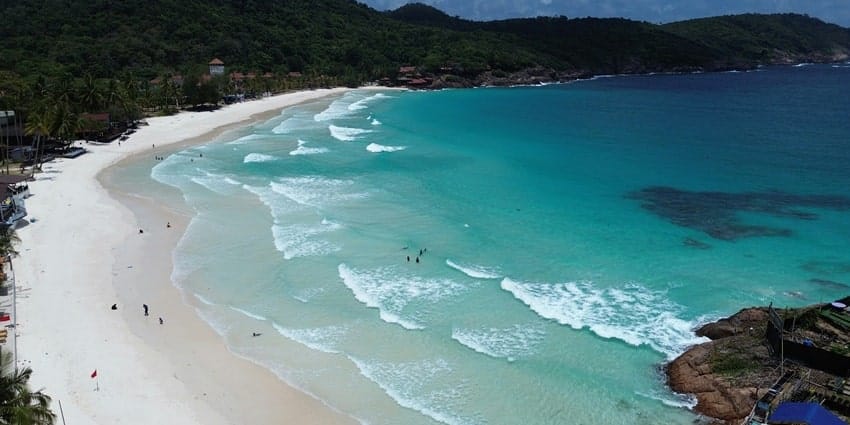
Protected as a marine park, Redang is famed for postcard beaches and consistently clear water. Expect bustling reefs with trevallies, bumphead parrotfish and schools of fusiliers. Sites like Terumbu Kili provide gentle slopes for learners, while deeper mounts such as Big Mount offer more challenge and fish density.
Dive conditions: Season Mar–Oct; visibility 15–30 m; currents mild to moderate. Depths 10–25 m suit beginners through intermediate divers, with occasional advanced profiles on pinnacles.
Logistics: Fly to Kuala Terengganu and connect by resort ferry from Merang or Shahbandar jetties. Many resorts operate in‑house dive centers and all‑inclusive packages.
Why go: A polished island experience with resort comforts and photogenic reefs—ideal for families and new divers who still want quality underwater time.
7) Tioman Island, Pahang
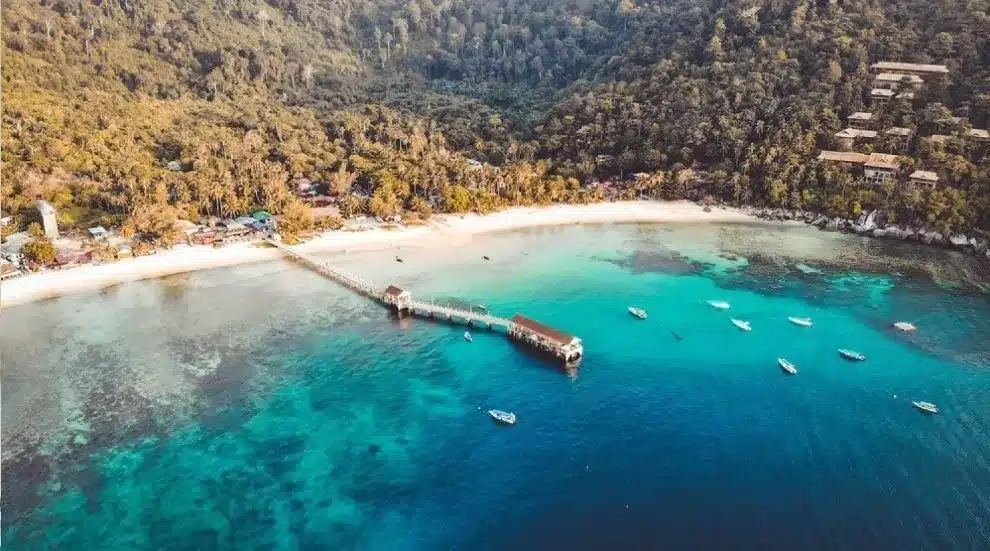
Tioman is one of Malaysia’s best all‑rounders thanks to easy access from the mainland and a mature dive scene. House reefs around ABC, Tekek and Salang are training‑friendly, while Tiger Reef and Chebeh offer boulder gardens, swim‑throughs and schooling fusiliers. Renggis is a favorite for turtle and blacktip sightings on gentle drifts.
Dive conditions: Season Mar–Oct; visibility 10–25 m. Some sites see moderate current; depths range from 5 m sandy entries to 30 m pinnacles—great for building experience from OW to AOW and beyond.
Logistics: Ferries from Mersing or Tanjung Gemok; a wide range of stays from budget to comfortable chalets. Many centers run weekend‑friendly schedules for KL/SG divers.
Why go: Versatility. Whether you’re training, hunting macro, or chasing a bit of current and structure, Tioman packs it into convenient weekend windows.
8) Pulau Payar Marine Park, Kedah
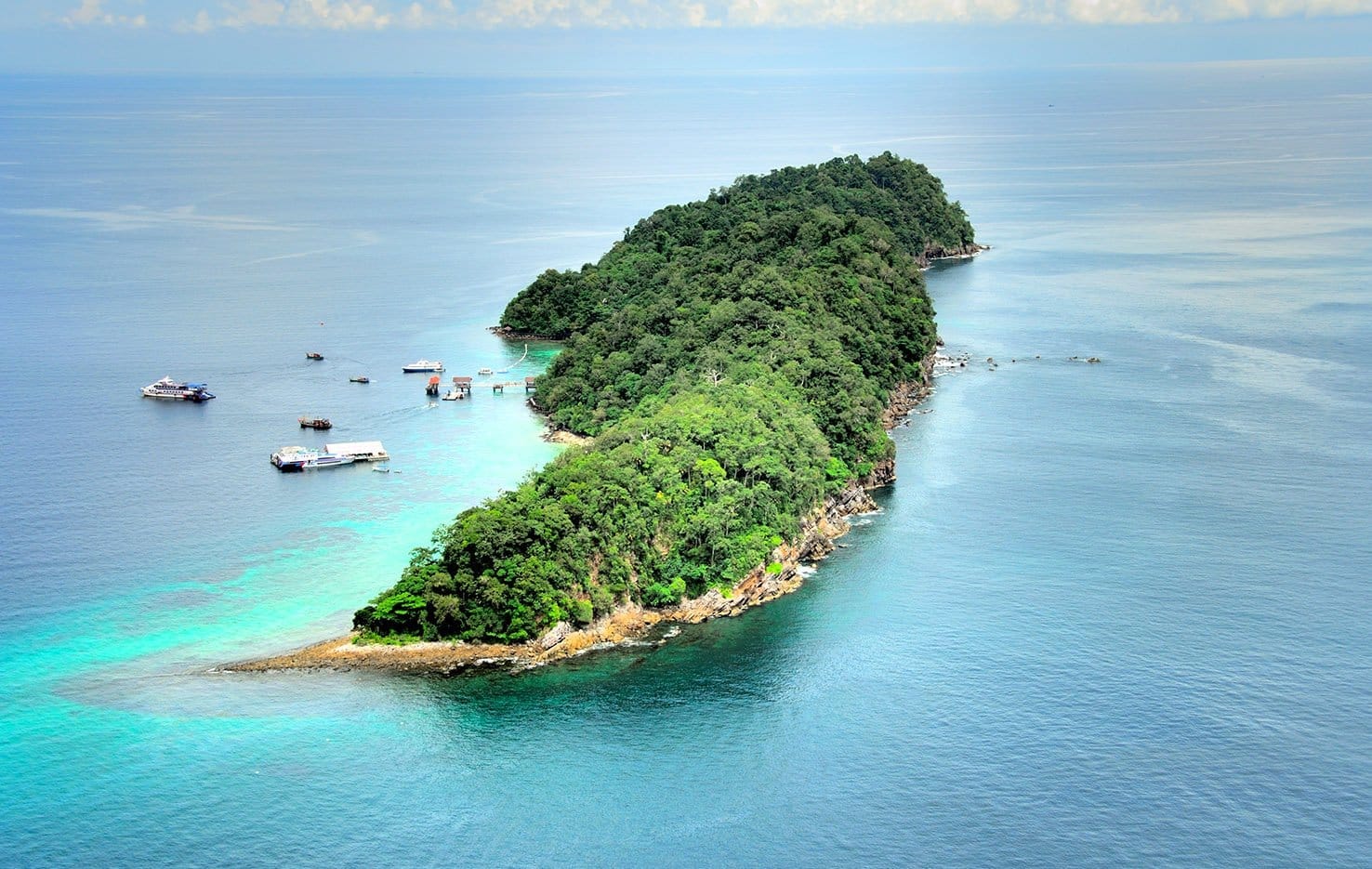
As the West Coast’s best‑known marine park, Pulau Payar is a practical option for holidaymakers based in Langkawi or Penang. Sheltered reefs and artificial structures provide low‑stress dives for beginners, try‑dives and refreshers, often paired with snorkelling activities for mixed groups.
Dive conditions: Typically 5–15 m visibility with mild currents; depths 5–15 m. Marine life includes lionfish, groupers, batfish and occasional baby sharks; coral condition varies by site and season.
Logistics: Day‑trip boats depart from Langkawi or Penang with gear included. Expect simple schedules oriented around casual divers and families.
Why go: Convenience. While not as spectacular as the East Coast, Payar is ideal for a gentle introduction to diving within a broader Langkawi itinerary.
9) Tunku Abdul Rahman Park (TARP), Sabah
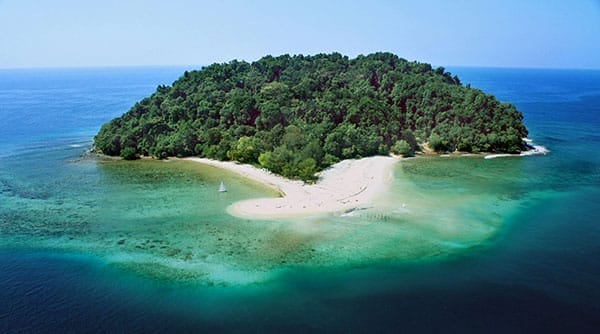
Five islands—Gaya, Sapi, Manukan, Mamutik and Sulug—sit minutes from Kota Kinabalu, making TARP one of Malaysia’s most accessible dive playgrounds. Calm bays host cuttlefish, pipefish and a multitude of nudibranchs, while slightly more exposed reefs offer schooling snappers and the occasional turtle.
Dive conditions: Visibility 5–15 m; depths 5–18 m; generally gentle. Perfect for try‑dives, refreshers and courses; macro hunters will enjoy slow, observational dives among sand patches and rubble.
Logistics: Boats depart Jesselton Point daily; trips are easily slotted into a KK city break. Plenty of operators, rental gear and convenient half‑day schedules.
Why go: Ultra‑convenient training and macro without leaving the city—a great warm‑up before venturing to Sipadan or Layang‑Layang.
10) Tenggol Island, Terengganu
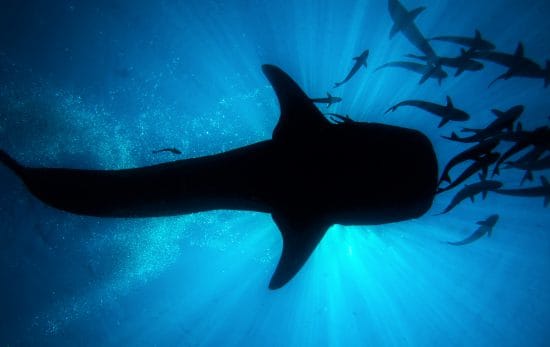
Smaller and more rugged than Redang or Perhentian, Tenggol rewards confident divers with rich, less‑crowded reefs. Expect schooling jacks and barracuda, turtles and the occasional whale shark (Aug–Sep). Sites like Tokong Timur and Tanjung Api feature steep slopes and energetic water that concentrate life.
Dive conditions: Season Mar–Oct; 10–25 m visibility; currents moderate to strong at times. Depths 10–30 m with negative entries occasionally used—best for divers comfortable with current management and DSMB deployment.
Logistics: Boat transfers from Kuala Dungun (≈45 minutes). Limited bed‑count keeps crowds down; book ahead for weekends and holidays.
Why go: Wild‑feeling East Coast diving with healthy coral cover and real “out‑there” energy—Tenggol is a favorite among Malaysian enthusiasts.
When to Go & How to Plan
Season: East Coast (Perhentian, Redang, Tioman, Tenggol) runs March–October; many operators close during the monsoon (Nov–Feb). Sabah (Sipadan, Mabul, Kapalai, TARP) is generally year‑round; hammerhead season at Layang‑Layang peaks around April–May.
Budget: Fun dives typically RM150–RM300 each depending on location and gear rental. Multi‑day packages reduce per‑dive cost. Sipadan trips command higher prices due to permits and logistics.
Skill matching: New divers thrive in Perhentian/Redang/Tioman. Build experience there before tackling big‑blue walls like Sipadan or Layang‑Layang. Always dive within limits and follow local briefings.
Need unbiased operator suggestions? Browse our Dive Center Directory or contact Scuba Malaysia for neutral recommendations based on your dates, level and budget.
FAQs
Which is the best dive site in Malaysia for beginners?
Perhentian, Tioman and Redang offer shallow, protected reefs and easy logistics—great for first ocean dives.
Is Sipadan worth the hassle of permits?
Yes—many consider it the pinnacle among the best dive sites in Malaysia. Book permits months ahead through licensed operators based in Mabul/Kapalai.
Do I need my own gear?
Most centers include rental in packages. Bringing a personal mask improves comfort and fit; add a computer and SMB as you progress.
You May Also Like
Beginner’s Guide: Start Scuba Diving in Malaysia
Learn how to take your first steps underwater—from try‑dives to your first ocean certification.
